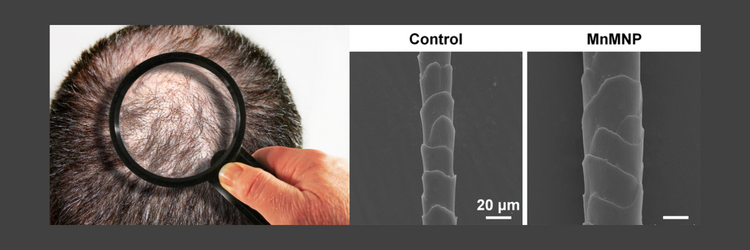Balding? Help on the Horizon with AI
Artificial intelligence is finding its way into numerous fields, including hair loss. Alopecia affects both men and women. Androgens, inflammation, and even oxygen free radicals can all damage hair follicles. When oxygen free radicals are too high, for example, they can overwhelm the body’s antioxidant enzymes, including superoxide dismutase (SOD).
Researchers tried to create SOD enzyme mimics called “nanozymes” to attack the oxygen free radicals, but they didn’t work very well. So, the team turned to machine learning to see if it could help them design a better enzyme.
They chose transition-metal thiophosphate compounds as nanozyme candidates and tested machine-learning models with 91 different transition-metal, phosphate, and sulfate combinations.
The team prepared MnPS3 microneedle patches and treated androgenic alopecia-affected mice based on these results. Within 13 days, the animals regenerated thicker hair strands that more densely covered their previously bald backsides than mice treated with testosterone or minoxidil.
The experiment produced a nanozyme treatment for hair regrowth and proved the potential for AI-based methods for use in medical design.

